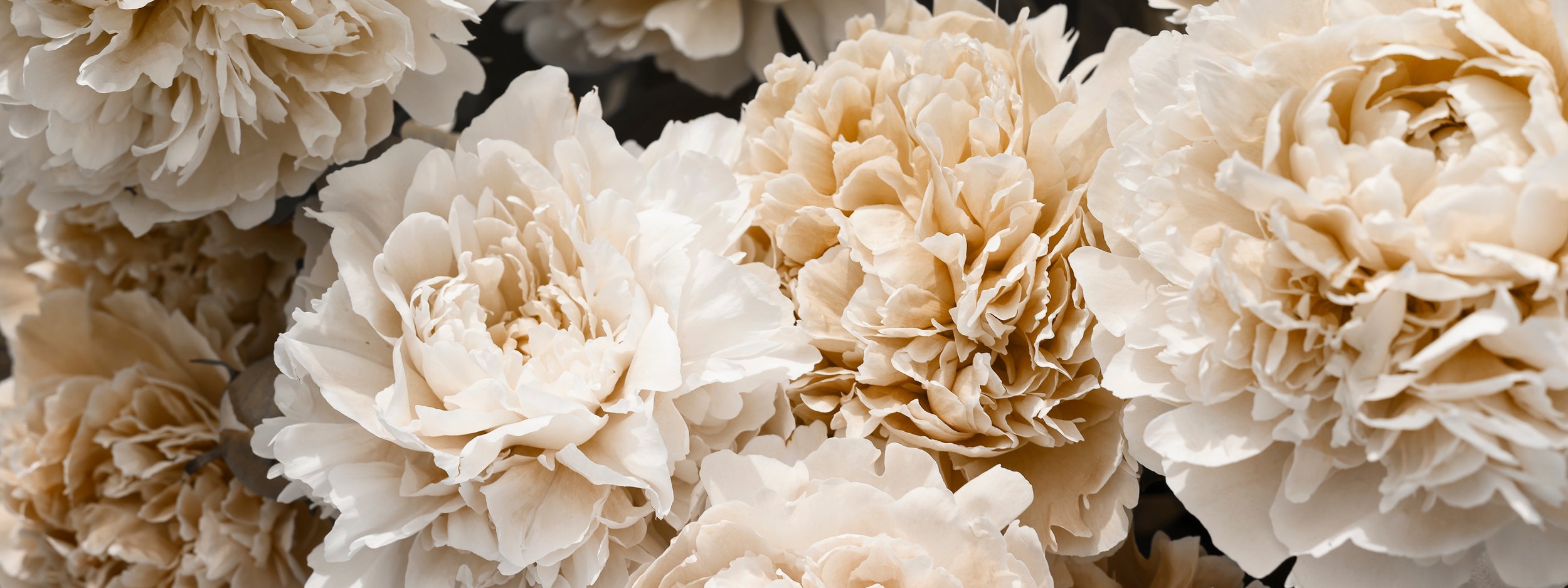Case Study: Sustainable Flower Delivery Service
By developing a subscription model for her sustainable flower business, Natalie increased sales during the pandemic.

Background
I first met my Natalie at the local farmers market a couple of years ago. Over the months we chatted, and I would occasionally ask her if she would consider setting up a flower delivery business, not least because I'd have loved to buy a regular subscription from her! Natalie got in touch after the pandemic hit, and we started work on developing a subscription model for a sustainable flower delivery service.
The seeds of Natalie’s business were first sown when she started selling hand-picked posies from her farmhouse garden. Encouraged by the positive response, she took stalls at her local farmer’s markets. She then branched out to do weddings, inviting brides to the farm to walk the flower fields before sitting down to discuss ideas and mock-up designs.
A Strategic Approach
During our monthly coaching sessions, I followed a similar strategic planning process to the one I used as a Chief Executive. The aim was to answer the following four seemingly simple questions in order to come up with a strategic roadmap and action plan:
Where was Natalie’s business now?
Where was Natalie’s business going?
Which actions would best support her in bridging the gap?
How would she measure progress towards that envisioned future?
When the pandemic struck, all Natalie’s routes to market were closed off. Our first project was to digitalise the business. This meant setting up a website on Shopify, an ecommerce platform Natalie chose because it grouped together the technologies which she needed to run her business seamlessly.
Creating A Flourishing Business
Before Natalie could even start work on a new website, she needed to refresh brand strategy. I worked with Natalie to clarify her positioning and put together a brief for the project. She applied for a small grant and used this to pay a brand designer to help her to develop a new visual identity and to commission a series of photography shoots.
Sustainability is key to Natalie’s values and therefore an obvious differentiating factor. We looked at how Nathalie could reduce the impact of her business on the planet:
Ecological and organic farming methods are used.
Flowers which preserve biological diversity are grown.
Energy is solar powered.
Packaging is all recyclable or biodegradable.
She uses a carbon-neutral delivery service.
5% of profits go to bee conservation.
The Results
Natalie set a goal of achieving 250 subscriptions a month which is the equivalent of £11,500 in recurring revenue. She achieved this goal three months ahead of schedule and we're now working on doubling the number of subscriptions.
Having sustainable recurring monthly revenue meant that Natalie was able to employ a Digital Marketing Manager and Marketing Assistant. Building a marketing team has enabled her to drive up the number of subscriptions which in turn generated a cash surplus. She has invested this in two new polytunnels to extend the growing season.
Work With Me
Have you enjoyed this case study? Has it helped you to see what’s possible for your business?
If you’d like my advice and guidance to help you on you can build your business strong and safe like Natalie, here’s how you can book a call to discuss how we can work together. I’d love to help you grow a successful and profitable business just like Natalie.
What Natalie says…
“When the pandemic struck, I was really worried about whether I’d be able to support myself. I recalled Denyse’s suggestion of setting up a flower delivery service and booked a Strategy Day with her. Two years on, Denyse and I are still working together. She is passionate about supporting female founders, practical and experienced. Without Denyse’s help, I doubt my business would have survived, let alone blossomed in the way it has.”
WHAT’S NEXT FOR US?
